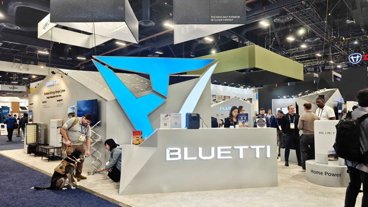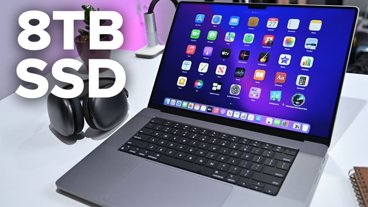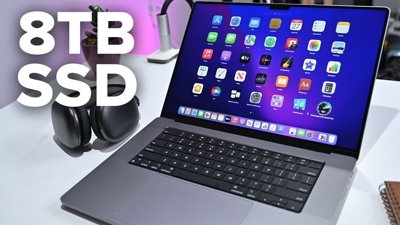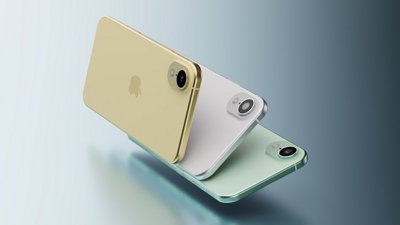Apple is hesitant to detail its plans regarding G5-powered laptops, but overwhelming consumer interest has spawned intense discussion and speculation on the subject. Even company CEO Steve Jobs was recently quoted as saying, "we are working on it and hope to have it by the end of [2004]."
Meanwhile, AppleInsider has received slightly more detailed information — albeit via unconfirmed reports — on the PowerBook G5.
One of the major obstacles facing PowerBook engineers is the intense heat emitted by the PowerPC G5 processor. (While a single G4 PowerPC 7457 processor pulls around around 7.5 watts at 1GHz, a single PowerPC 970 G5 requires approximately 18W at 1.2GHz.) To help combat the problem, sources say the company is experimenting with liquid cooling systems in early prototypes of the portables.
Liquid cooling essentially functions as a radiator for the CPU inside of a computer. Just like a typical radiator, a liquid cooling system circulates liquid through small pipes in a heat sink attached to the processor module. As the liquid passes through the heat sink, heat from the hot processor is transfered to the cooler liquid. The warmed liquid is then cycled to a radiator on the side or rear of the casing where it is released into the ambient air outside of the unit. The cooled liquid then travels back through the system to the CPU to continue the process.
Apple's 17" PowerBook G4
IBM, manufacturer of the PowerPC G5, has been using their own liquid cooling system in ThinkPad laptops since the late 90's. Referred to as the "thermal hinge," the design made its way into ThinkPad prototypes in 1999. However, with wattage of CPUs on the rise, the company was already designing a more effective, cost efficient, and easier to manufacture solution two years later. Last year, Hitatchi unveiled its "FLORA 270W Silent Models" which were equipped with silent water cooling systems consisting of a water storage tank.
In January, a researcher at Sandia National Laboratories announced that he had created technology to disperse the heat generated within laptop computers more efficiently than the current cooling systems. The new process uses heat from the CPU to convert methanol into a vapor with the aid of a heat pipe "wick" created out of finely etched lines. The vapor then releases the heat it is carrying in a specified area, where it turns back to liquid and returns to collect more heat.
At the time, the technology was being licensed to an upstart company, but no further information was made available.
While Jobs says Apple has hopes of producing a G5 PowerBook by the end of next year, sources expect — with the aid of such a cooling system — the company to be able to deploy a 17-inch PowerBook G5 by next summer. Due to its extra size, the 17-inch model currently provides the most leeway for implementing a liquid cooling system. However, a liquid cooling system is said to increase the manufacturing cost of each unit.
Apple is also said to be experimenting with newer lithium ion batteries that will be required to sustain sufficient battery-life on a portable G5 unit.
 Kasper Jade
Kasper Jade








 Christine McKee
Christine McKee
 Marko Zivkovic
Marko Zivkovic
 Wesley Hilliard
Wesley Hilliard
 Malcolm Owen
Malcolm Owen


 William Gallagher
William Gallagher









